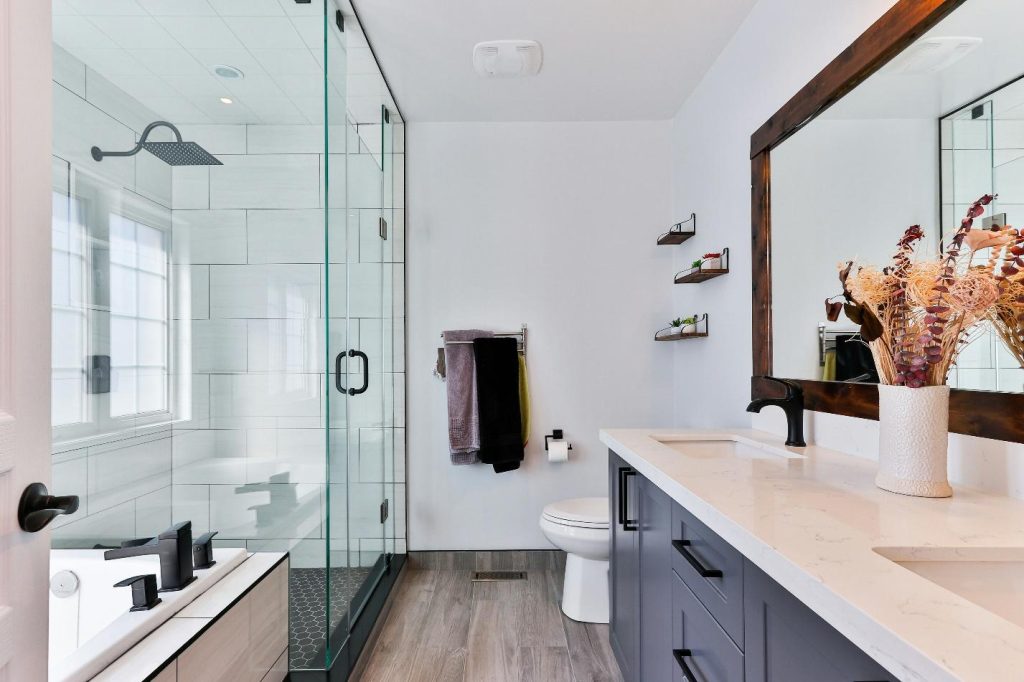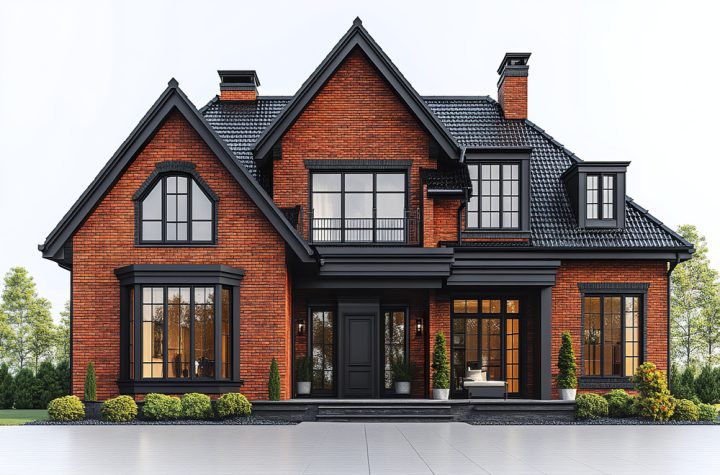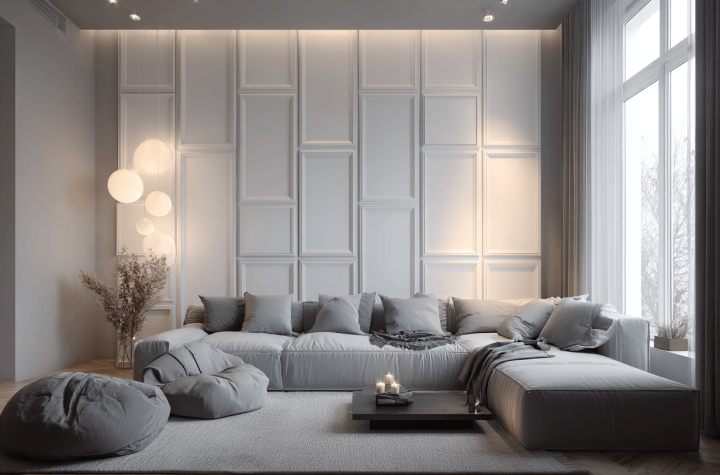
Having a wonderful bathroom includes more than pretty tile. It functions well every day, even when the space is tight. The decisions around layout can affect your day-to-day routine in the morning in small ways by making things easier, safer, and cleaner. Before you get demo going, learn the most common layout traps to give yourself the ability to be smart with your design, save money, and prevent having to do overdue during your bathroom renovation.
For more details and helpful tips, visit this link https://www.thespruce.com/bathroom-renovating-mistakes-11683896.
Why Spacing Matters in Bathrooms
Bathrooms fail when fixtures compete for mutual elbow room. Doors that slam against vanities, toilets that pinch walkways, and towels that end up hung over the shower glass when nowhere else to go. Give yourself comfortable clearances around each fixture and think about how you’ll get from the sink to the toilet to the shower.
Use painter’s tape on the floor to clearly mark out the fixtures and then walk around the room’s simulated finished room. Good layout planning means thinking about door swings, drawer paths, and carpet/bathmat placement so that nothing is bunched up or blocking traffic paths. Scaled floor plans and simple elevation drawings will expose conflicts early so that you can save money and headaches during the bathroom renovation.
Common Shower Placement Errors
Showers look simple but create a ton of layout problems. Overspray, cold drafts, and tight door arcs can turn a stylish design into a daily headache. Locate the shower where the water gets contained, where good light is created, and where the drain will slope correctly without any strange bumps in the floor.
- Shower door swing hits toilet or towel bar – tackle the problem by planning the arc from the start.
- A window in the splash zone without proper waterproofing details for tile and membrane.
- A niche installed on an exterior wall that becomes a cold spot – and potential mold risk.
- The linear drain is off center and causes that odd floor slope.
- A doorless shower too close to the vanity, with splash and slippery floor concerns.
Should You Move Plumbing?
Moving drains and supply lines can be exponentially more expensive and can uncover surprises—especially in a slab house or limited joist bay. If you can work around the existing major plumbing rough-in—great—rework the space so you can spend your money on good lighting, ventilation, and resistant materials instead!
If you need to move some lines, make sure to hire a licensed plumber so that you keep on top of the details of venting, trap locations, or drain slope and to take out permits and inspections.
Once you have explored your options in your area, the generic term bathroom remodeling Houston will get you to some folks that know the local codes and practices.
The Importance of Storage
Most layouts put storage as an afterthought and then squeeze in a poor little cabinet where there is leftover space. Storage has to be thought of like fixtures and fittings. Think vertically, bite into dead zones, and consider what needs to be at your fingertips—like items you need daily at your vanity, cleaning supplies tucked away, or towels very close to the shower.
- Recessed medicine cabinet will keep counters clear without taking up floor space.
- Tall and shallow linen cabinet that will fit between studs, beside the door.
- Toe-kick drawer in vanity to hold back-up toiletries and small tools.
- Shower niche that accommodates full bottles—not only decorative items.
With some smart vanity design work, you can neatly solve most clutter issues, without cluttering the space.
Learning from Design Fails
The easiest way to minimize blunders is to “walk” through the room on paper before you build. Sketch to scale, include every door swing and drawer pull, and then “pretend” to use the room: walk in with a shower curtain, grab your towel from the hooks, reach for the soap, step in shower, exit and dry yourself off.
Mockup the height of the vanity with boxes and look at the height of the mirror so you are not craning your neck later. Use GFCI (Ground Fault Circuit Interrupter) protected outlets where you actually use your hair tools and consider tiled radiant heat floor with waterproof membrane—you will be much more comfortable and for drying time.
Do not skimp on ventilation or lighting. Poor exhaust is infamous for paint peeling and moisture creep. Plan for a quiet, code-compliant venting, and layered lighting at the mirror, shower, and ceiling.
Finally, consider materials that are robust against daily water—good grout, stone that is adhered and sealed well (if you are using stone), or proper waterproofing in tiles. If you have forethought and double checks you will have a bathroom that works well for you and looks great doing it.






More Stories
How to Turn a Piece of Land Into a Lifestyle
Singapore Apartments Are Getting Smaller — Wall Panels Might Just Be the Smartest Upgrade Yet
Open Fire Maintenance in Lancashire – Don’t Get Burned by Neglect